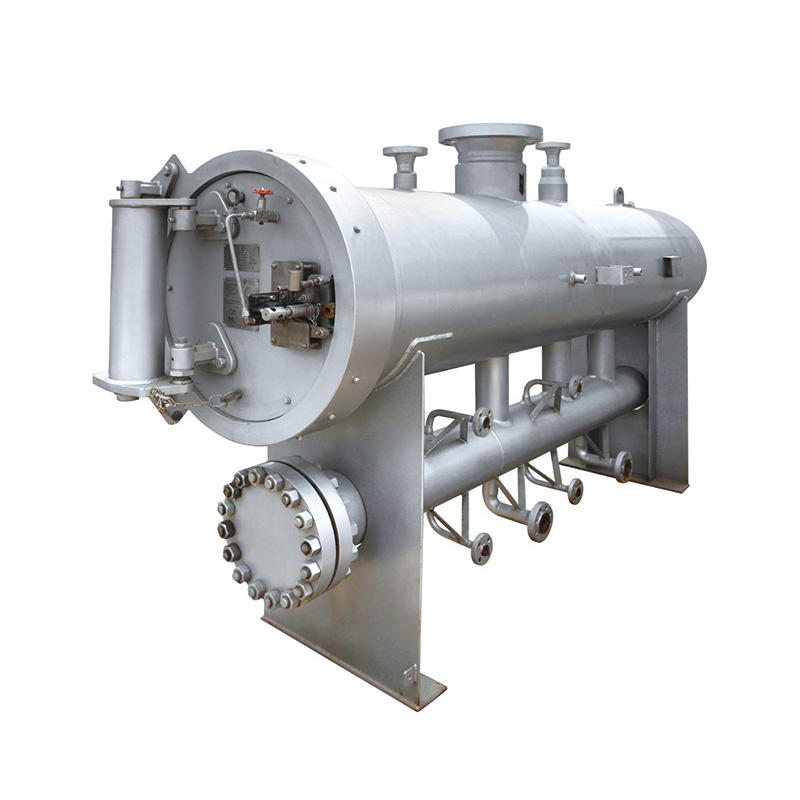
Aug . 07, 2024 22:15
Back to list
Understanding Electric Heaters and Their Benefits for Home Heating Solutions
Electric Heaters A Comprehensive Overview
Electric heaters have become an essential appliance in modern households, especially in regions that experience cold winters. They provide a convenient and efficient way to heat spaces, ensuring comfort during the chilly months. This article explores the various types of electric heaters, their benefits, and crucial considerations for choosing the right heater for your needs.
Types of Electric Heaters
1. Convection Heaters These heaters warm the air in a room, making them suitable for larger spaces. They work by drawing in cool air, heating it through electric coils, and then circulating the warm air throughout the room. Popular designs include baseboard heaters and wall-mounted convection heaters.
2. Radiant Heaters Unlike convection heaters, radiant heaters emit infrared radiation, which warms objects and people directly, rather than heating the air. This type is particularly effective for small areas or for creating a warm spot in larger rooms. Radiant heaters are often portable and can be used both indoors and outdoors.
3. Oil-filled Radiators These heaters use oil as a heat reservoir. Once heated, the oil retains warmth for an extended period, even after the heater is turned off. They provide consistent and even heat and are ideal for prolonged use in larger spaces.
4. Fan Heaters These compact heaters come with a built-in fan that spreads warm air more quickly throughout a room. They are suitable for heating small areas and are often used in bathrooms or offices for quick warmth.
.
Benefits of Electric Heaters
السخانات الكهربائية

Electric heaters offer several advantages. They are generally easy to install, often requiring only a standard electrical outlet. Most models also come with safety features, such as tip-over switches and overheat protection, making them safer than traditional gas heaters.
Another significant benefit is their energy efficiency. Many electric heaters convert nearly all the electricity they use into heat, ensuring minimal energy loss. This efficiency can lead to lower energy bills, especially if the heater is only used in areas that need it rather than heating the entire home.
Additionally, electric heaters produce no emissions indoors, reducing the risk of indoor air pollution and making them a safer alternative to combustion-based heating systems.
Choosing the Right Electric Heater
When selecting an electric heater, consider the space that needs heating. Measure the room size and choose a heater with an appropriate wattage – generally, you need about 10 watts of heating capacity for every square foot of space.
Also, assess the heater's energy efficiency rating, as this will impact long-term operating costs. Look for models with programmable thermostats and timers to control usage and optimize energy consumption further.
Safety features are vital when considering an electric heater. Check for automatic shut-off systems, cool-to-touch exteriors, and stable designs to prevent tipping. If the heater will be used around pets or children, safety should be a top priority.
Conclusion
Electric heaters are a versatile and efficient solution for winter heating needs. With various types available, consumers can choose the best option based on their space, budget, and safety requirements. By understanding the benefits and critical factors in selecting an electric heater, individuals can enhance their comfort during the cold months while maintaining energy efficiency and safety in their homes.
Latest news
-
Safety Valve Spring-Loaded Design Overpressure ProtectionNewsJul.25,2025
-
Precision Voltage Regulator AC5 Accuracy Grade PerformanceNewsJul.25,2025
-
Natural Gas Pressure Regulating Skid Industrial Pipeline ApplicationsNewsJul.25,2025
-
Natural Gas Filter Stainless Steel Mesh Element DesignNewsJul.25,2025
-
Gas Pressure Regulator Valve Direct-Acting Spring-Loaded DesignNewsJul.25,2025
-
Decompression Equipment Multi-Stage Heat Exchange System DesignNewsJul.25,2025

